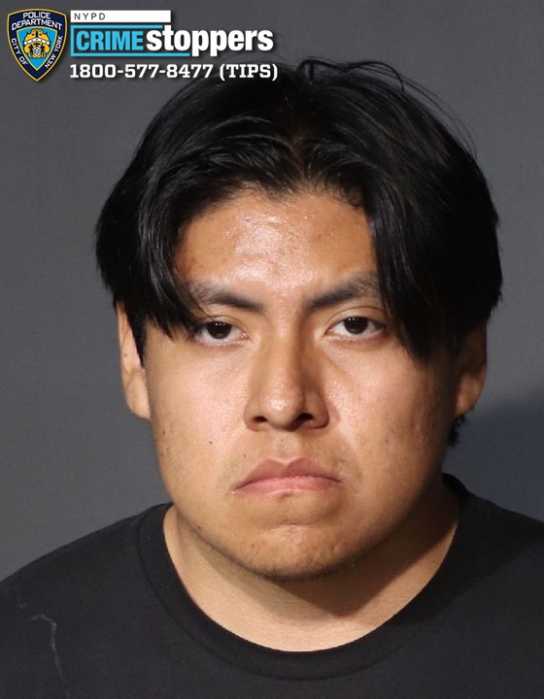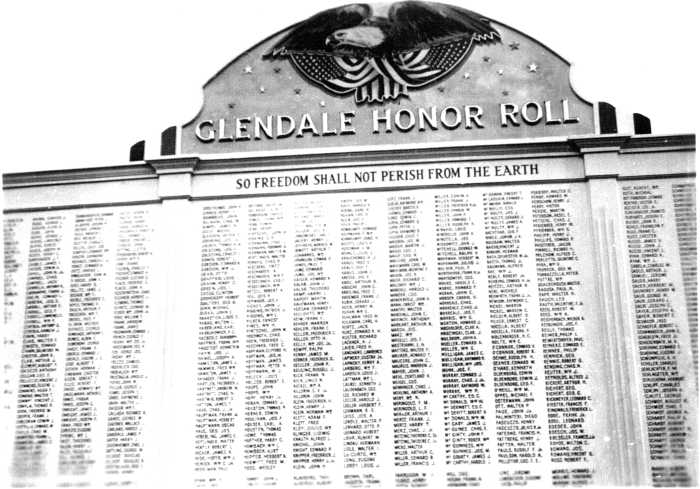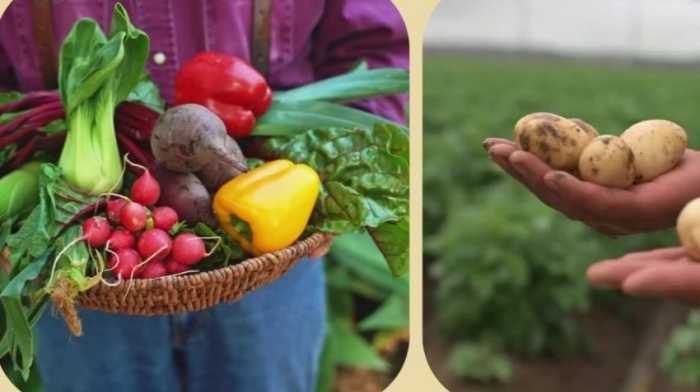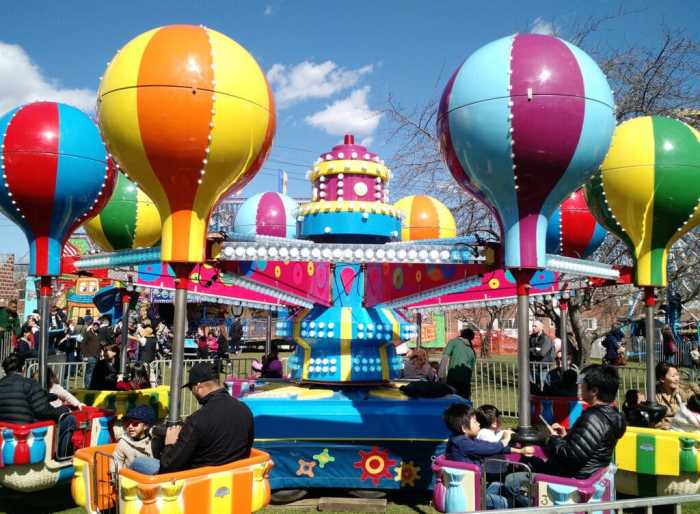By Dustin Brown
Only one week after welcoming its first crop of young artists, the Frank Sinatra School of the Arts in Long Island City is promising them an educational program that blends the artistic passion of “Fame” with the intellectual rigor of “Dead Poets Society.”
Classes at the borough’s newest public high school started last week with a celebration featuring legendary crooner Tony Bennett — who conceived of the school — Schools Chancellor Harold Levy and City Council Speaker Peter Vallone.
“It was like a boat,” said principal Elliot Salow of the ribbon-cutting ceremony, which officially opened the school’s temporary headquarters in a hallway on the fourth floor of building “C” at LaGuardia Community College in Long Island City.
Students at Sinatra major in one of five artistic fields — drama, dance, vocal music, instrumental music or fine arts — and are given the option of switching their focus to filmmaking, musical theater or technical theater when they reach junior year.
But the school is founded on a philosophy that balances academics and the arts, a goal achieved through an extended nine-period day that lasts 45 minutes longer than the city standard.
The focus on academics is popular among the budding artists’ parents.
“You can’t weave a tapestry if you don’t know math,” said Debra Halpern of Bayside, whose daughter is enrolled in the drama program.
Although Bennett originally contemplated honoring Sinatra with a statue in Times Square, the Astoria native later concluded a school would provide a more lasting legacy. The singer supplied contacts, resources and a vision for the school, guiding it with an affection visible even in his logo design — a hand-drawn treble clef that doubles as a microphone stand with a dangling cord.
The Frank Sinatra school sits a neighborhood that has drawn an increasingly diverse artistic community in recent years, including countless art studios and such institutions as the PS 1 modern art museum and MOMA Queens.
The permanent facility, which should be completed by September of 2004, will be built in Astoria across the street from the American Museum of the Moving Image, only steps from the Kaufman Astoria Studios, where television programs and films are produced.
Although its artistic needs necessitated major renovations of the LaGuardia facility, Sinatra’s only true performance space is a dance studio, an open room with a sprung wooden floor designed to give beneath the dancers’ weight to diffuse the impact on their legs.
“A regular school doesn’t have a sprung floor,” Salow said on the second day of school as he stood in the rear of the studio, behind a group of dancers learning a simple combination. “A regular school doesn’t need these kinds of facilities.”
At a school where many of the academic teachers have backgrounds in the arts — including a dancer and a former movement teacher at the Actors Studio in Manhattan — the line between the two is often blurred. For instance, a class might tackle Egyptian history by studying ancient art depicting the culture’s dance forms.
“It’s a big thing to try to incorporate the arts and the academics and to try to see the connection between the two,” said Wayne Quiles, one of two social studies teachers at the school.
Meanwhile, the students develop hands-on experience in their crafts by pursuing internships and using their talents for community-service projects in the borough.
“It’s a way to really use the arts for a purpose, not only to enrich themselves but to enrich others,” said Ira Shankman, an artistic consultant for the school who earned a Grammy nomination in 1978 for best vocal jazz arrangement.
“But I lost to the Bee Jees,” he said.
The competitive nature of a professional career in the arts is already known to Sinatra’s 243 students, who were selected through a vigorous audition that sifted through more than 1,500 applicants.
Although celebrity is always a possibility for graduates of an arts school, Salow has set a goal for his students that has nothing to do with fame.
“I would hope by the time all these kids graduate, they have an interesting choice,” Salow said. “They can choose from the best universities or the best conservatories in the country.”
Reach reporter Dustin Brown by e-mail at Timesledger@aol.com or call 229-0300, Ext. 154.


































